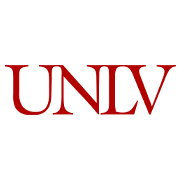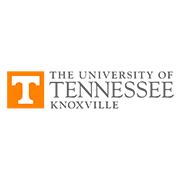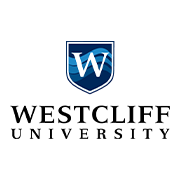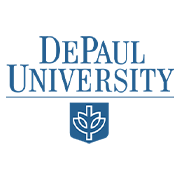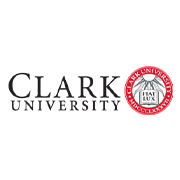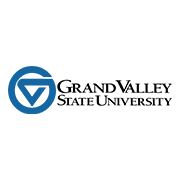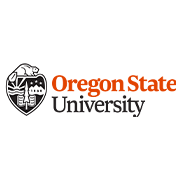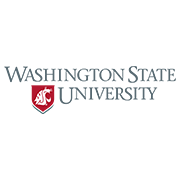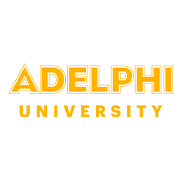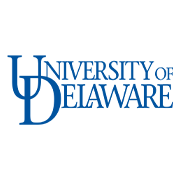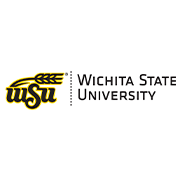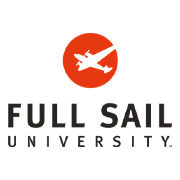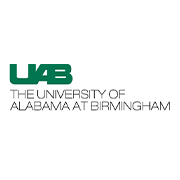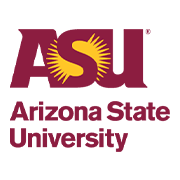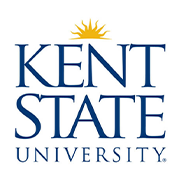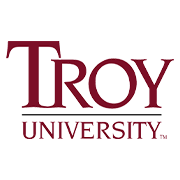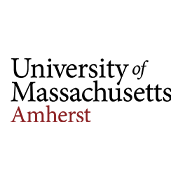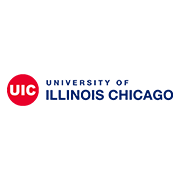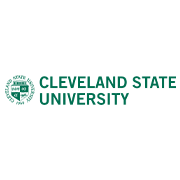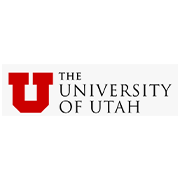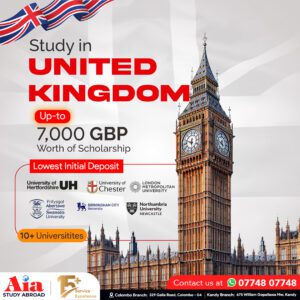Why Study in USA?
The United States is one of the most popular destinations for international students, renowned for its diverse culture, world-class education system, and numerous opportunities for academic and professional growth. From prestigious Ivy League schools to innovative public and private universities, the USA offers a wide range of programs across various fields, including business, technology, healthcare, arts, and more. With a flexible education system, rich cultural diversity, and robust post-graduate work opportunities, the USA is an attractive choice for students worldwide. AIA provides support throughout the application process, including university selection, visa assistance, and settling into life in the USA
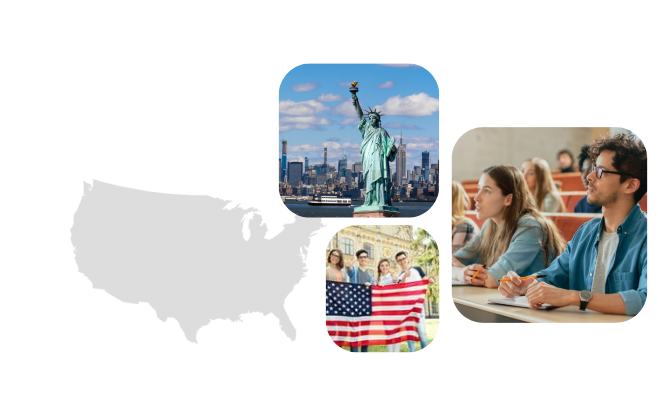
Key Facts to Study in the USA
Language Spoken
English (Some regions also speak Spanish)
Cost of Study
USD 20,000 – 50,000 per year (varies by university and program)
Exams Required
TOEFL, IELTS, GRE, GMAT (depending on the program)
Degrees
Associate’s, Bachelor’s, Master’s, and PhD
Intakes
Fall (August/September), Spring (January), Summer (May/June)
Best Cities
New York City, Los Angeles, Boston, Chicago, San Francisco
Our Partnered USA Universities
AIA Study Abroad Partnered up with 50+ USA Top ranked universities, to choose from
Scholarships
Students can reduce the financial burden with these scholarship opportunities:
Get Free Expert Assistance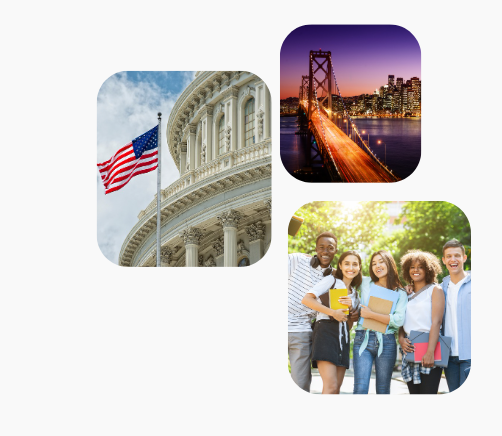
| INTAKES AND DEADLINES | |
|---|---|
| Fall Intake (Main) | Apply by November–May |
| Spring Intake | Apply by August–October |
| Summer Intake | Apply by February–April |
Cost of Study in USA
International students should budget USD 10,000 – 20,000 per year for living expenses, depending on the city and lifestyle.
Undergraduate Degrees:
Tuition fees range from USD 20,000 – 40,000 per year
Postgraduate Degrees:
Tuition fees range from USD 25,000 – 50,000 per year.
Living Costs:
New York City, San Francisco: USD 2,000 – 3,500 per month for accommodation, food, and other expenses.
Other Cities: USD 1,200 – 2,500 per month.
| Type of Expense | Cost(Annual Average) |
|---|---|
| Tuition Fees | USD 20,000 – 50,000 |
| Accommodation | USD 8,000 – 15,000 |
| Food and Groceries | USD 3,000 – 5,000 |
| Transport | USD 1,000 – 2,000 |
| Miscellaneous | USD 2,000 – 4,000 |
Post-Study Work (PSW) and Job Opportunities
The USA provides substantial post-study work opportunities for international students:
- Optional Practical Training (OPT): After completing a degree, international students can apply for OPT, which allows them to work in the USA for up to 12 months (24 months for STEM graduates).
- H-1B Visa:After OPT, students can apply for an H-1B visa if they secure a job in a specialty occupation.

| Job Sector | Average Starting Salary |
|---|---|
| Information Technology | 60,000 – 100,000 |
| Engineering | 60,000 – 90,000 |
| Healthcare and Nursing | 50,000 – 80,000 |
| Business and Finance | 50,000 – 90,000 |
| Education and Teaching | 40,000 – 70,000 |
| Creative Industries | 40,000 – 70,000 |
USA Student Visa Documentation Checklist
- Form I-20: Issued by your U.S. school after acceptance; ensure it’s signed by the Designated School Official (DSO).
- Passport-Sized Photos: Two recent passport-sized photos meeting the visa photo requirements.
- Form DS-160: Complete the online visa application form and print the confirmation page.
- SEVIS Fee Receipt: Pay the SEVIS fee online and print the payment receipt.
- Visa Application Fee Receipt: Pay the visa fee ($160) and print the receipt.
- Visa Appointment Confirmation: Schedule your interview online and print the confirmation.
- Academic Documents: Transcripts, diplomas, and standardized test scores (TOEFL, GRE, etc.).
- Valid Passport: Must be valid for at least six months beyond your intended stay.
- Statement of Purpose (SOP)
- Admission Letter: Official letter from your U.S. institution.
- Financial Evidence: Bank statements, sponsorship letter, or affidavit of support showing sufficient funds.
- Additional Documents (if applicable): For dependents (spouse/children), provide marriage and birth certificates.
Tips for the Visa Interview:
- Be prepared to discuss your study plans, the university you are attending, and how you plan to finance your education.
- Answer all questions truthfully and confidently.
- Bring all the documents listed above to the interview and ensure that they are organized and easy to present.
FAQs – USA
Top institutions include Wichita State University, University of Delaware, ASU, Auburn University, and UNLV. Some colleges also provide affordable pathways to universities.
The F-1 visa is the most common for academic programs. The J-1 visa is for exchange programs, and the M-1 visa is for vocational studies.
Yes, scholarships such as Fulbright, Rotary International, and university-specific scholarships are available for international students.
OPT allows you to work in your field of study for up to 12 months after graduation, with a 24-month extension for STEM graduates.
